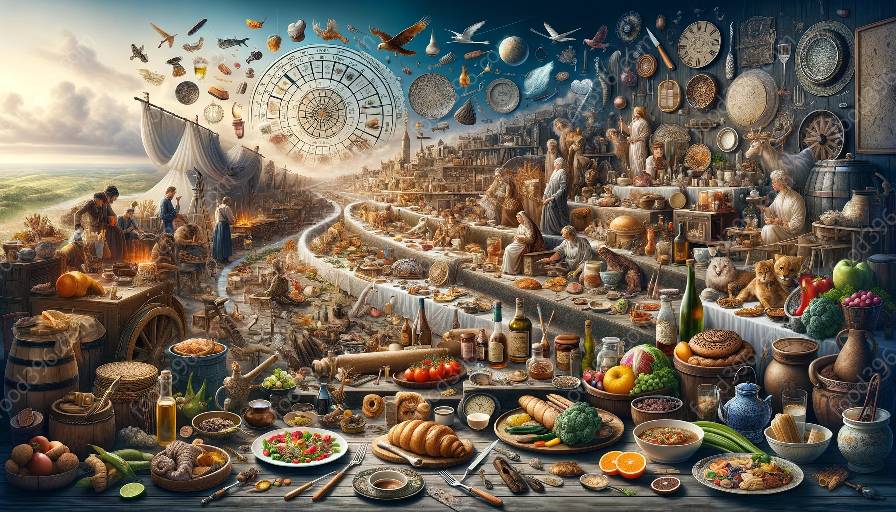Thai culinary customs and etiquette are integral components of Thailand's cultural heritage. This comprehensive guide provides a deep insight into the social and cultural significance of Thai cuisine, exploring the fascinating history, traditions, and customs that have shaped it over the centuries.
Thai Cuisine History
Thai cuisine history is a testament to the diverse cultural influences that have shaped Thailand's culinary landscape. From ancient kingdoms to modern-day fusion cuisine, the evolution of Thai gastronomy reflects the country's rich history and cultural exchanges.
Cuisine History
The history of cuisine is a fascinating journey through time, encompassing the evolution of culinary traditions and the social dynamics that have shaped the way we eat and interact with food. From ancient civilizations to modern globalization, cuisine history provides a window into the cultural, social, and economic aspects of human societies.
Exploring Thai Culinary Customs and Etiquette
Thai culinary customs and etiquette play a pivotal role in the country's social fabric, reflecting the values, traditions, and rituals that have been passed down through generations. Understanding and respecting these customs is essential for fully appreciating the depth and complexity of Thai cuisine.
Social Significance
In Thai culture, food is not just sustenance; it is a symbol of community, hospitality, and respect. Sharing meals is a cornerstone of social interaction, with communal dining representing a time-honored tradition that fosters unity and kinship among family and friends.
Furthermore, the act of preparing and sharing food is seen as a gesture of care and goodwill, signifying the importance of relationships and connections within the community. It is common to see elaborate displays of food at social gatherings, where hosts express their generosity and benevolence through lavish feasts.
Cultural Traditions
The etiquette surrounding food and dining in Thai culture is steeped in centuries-old traditions and customs. From the use of specific table manners to the art of serving and receiving food, each aspect of dining reflects the intricate web of social norms and values that define Thai society.
For instance, the custom of taking off one's shoes before entering a Thai home underscores the emphasis on cleanliness and respect, as the home is considered a sacred space. Similarly, the gesture of 'wai,' where the palms are pressed together in a prayer-like position, is a common form of greeting that conveys respect and humility.
Regional Variations
While there are overarching customs and etiquettes that apply to Thai cuisine as a whole, it is important to recognize that regional variations exist, each offering unique insights into local traditions and practices. For example, the northern region of Thailand may have distinct customs in comparison to the southern or central regions, manifesting in differences in cooking techniques, ingredients, and dining rituals.
Key Etiquette Practices
Understanding and observing key etiquette practices is essential for anyone seeking to fully appreciate Thai culinary customs. The following are some fundamental aspects of Thai dining etiquette:
- Respect for Elders: Thai culture places considerable emphasis on respecting elders, and this is reflected in dining customs. It is customary to wait for the eldest person to start eating before others begin their meal.
- Sharing is Caring: Thai dining is communal, and sharing dishes is a common practice. It is encouraged to take small portions and sample a variety of dishes, fostering a sense of camaraderie and conviviality.
- Chopsticks and Utensils: While chopsticks are used for noodle dishes, Thai cuisine predominantly relies on spoons and forks. The spoon is used for eating, and the fork is used to push food onto the spoon.
- Modesty in Gestures: Refraining from loud or overly expressive behavior during meals is considered respectful. Thai dining etiquette appreciates modesty and restraint in both gestures and speech.
Conclusion
Thai culinary customs and etiquette are deeply rooted in the cultural heritage of Thailand, reflecting the values of community, respect, and harmony. By understanding and embracing these traditions, individuals can gain a deeper appreciation for the social significance and time-honored rituals that underpin Thai cuisine.

